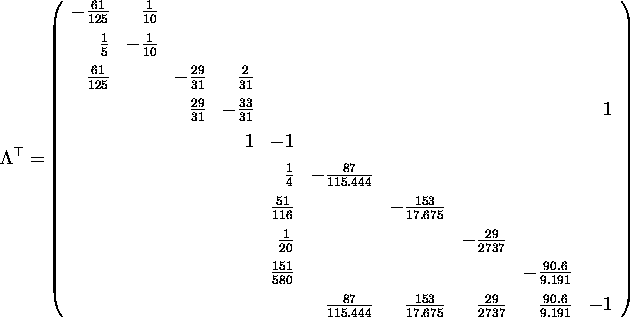
Figure 6.7: Chemokinetic model used in the case study. Numbers represent the numbering scheme for the compartments.
No specific ecosystem model has been developed for this study, but the chemokinetic model in use is an extension of the one found in [15] (cmp. Figure 6.7). Note that the lung compartment from [15] has been split up into lung air and lung blood, since the main uptake route of a pollutant into the body should be modeled as detailed as possible. In this computational study, the ground flux of the pollutant as computed by the MESOPUFF package has not been used to calculate further effects of the pollutant when taken up by the human body from the ground, since it was felt that the generic ground flux computed by the meteorological module does not represent adequately the surface flux which most humans are in contact with. For benchmarking reasons, a compartment GROUND has been added to the kinetic model as indicated in Figure 6.7. More compartments, representing uptake pathways through the skin or through the intestinal system, can easily be added.

Figure 6.7: Chemokinetic model used
in the case study. Numbers represent the numbering scheme for the compartments.
Note that only in the liver any metabolism takes place. Since the standard time unit in the meteorological model is 1h, the volume of the lung and the three blood compartments had to be rescaled, see Table 6.3 and cmp. [15].

Table 6.3: Volumes of the compartments.
The volume of each blood
compartment is equal to the cardiac output per hour of an average
healthy human male of weight 70kg [15], while the volume of
the lung compartment is equal to the alveolar ventilation of the abovementioned
individual. The air and the ground compartment have an unbounded volume.
With the numbering scheme as depicted in Figure 6.7, the
matrix ![]() from (3.4) has been chosen to be constant
in time and takes the form
from (3.4) has been chosen to be constant
in time and takes the form

(zeroes have been omitted). A more realistic model might include
time-dependent entries in ![]() to account for different activity
levels of the cardiac and alveolar system at different times of the day. To
give the reader an idea of the speed of damping this matrix enforces, a list
of eigenvalues (given with 10 digits of accuracy, computed with Maple VR5.1
to 40 digits of accuracy) is given in Table 6.4. The approximative
value of
to account for different activity
levels of the cardiac and alveolar system at different times of the day. To
give the reader an idea of the speed of damping this matrix enforces, a list
of eigenvalues (given with 10 digits of accuracy, computed with Maple VR5.1
to 40 digits of accuracy) is given in Table 6.4. The approximative
value of ![]() is a numerical artifact; due to the mass conservation
property, at least one of the eigenvalues has to be 0. Of course, all
remaining eigenvalues have negative real parts (see
Section 3.1), and the system can be classified as moderatively
stiff. The step size rule (3.5) employed within OLAF
ensures that in this case 10 time steps are taken in the compartment model for
one time step of the air dispersion model.
is a numerical artifact; due to the mass conservation
property, at least one of the eigenvalues has to be 0. Of course, all
remaining eigenvalues have negative real parts (see
Section 3.1), and the system can be classified as moderatively
stiff. The step size rule (3.5) employed within OLAF
ensures that in this case 10 time steps are taken in the compartment model for
one time step of the air dispersion model.
The only metabolism takes place in the liver compartment, and the nonlinear
term (cmp. Section 3.1.2) takes the form
![]()
see [15].